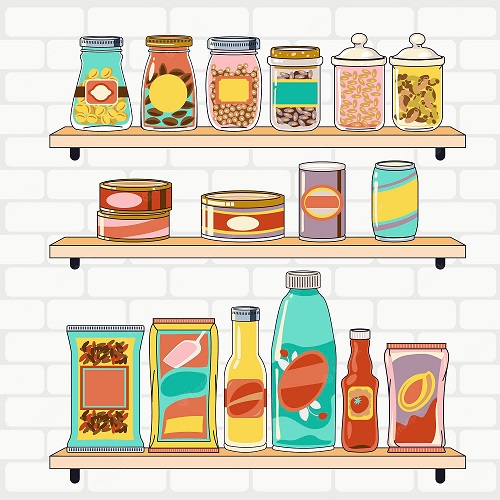Think non-dairy milk alternatives and your thoughts may swing towards soymilk. It was once the original, one and only and loved by many before other plant and nut-based kinds of milk began sweeping into the increasingly competitive milk alternative space. I was interested to read that soymilk has all but lost its crown in Australia, with not surprisingly, almond milk now being the number one choice for those choosing to dodge dairy.
As there are so many kinds of milk/mylks lining our supermarket aisles, it’s confusing to know what the correct choice is nutritionally, or which milk is best for you?
It’s about finding the milk that works best for your body. Cow’s milk has its benefits but with it also comes a lot of argument around the fact that it isn’t the best option for humans. Perhaps you have an intolerance to moo juice or prefer to eat a plant-based diet. There are options for everyone but be aware of its nutritional profile.
Which Milk Is Best?
+ Soymilk
This is a popular milk alternative that comes from grinding soybeans with water. It is high in proteins and vitamins and makes it easy to digest with this being a lactose-free drink. Be aware that soy contains a natural chemical that mimics estrogen, the female hormone, which may lead to a hormonal imbalance in large quantities. It is also estimated that 90 percent of soy is genetically modified.
+ Goats milk
This is a great choice if you are looking for something that tastes very similar to cow’s milk. Goats milk has less lactose than cow’s milk with more digestible proteins. It is higher in fat but contains many vital vitamins and minerals.
+ Lactose-free milk
Lactose-free milk is suitable for people with lactose intolerance. In most cases an enzyme called lactase is added during processing, so once ingested, it helps your digestive system break down the lactose (a sugar). It is somewhat sweeter than regular milk.
+ Almond milk
Almond milk is among the most common nut milk. Like soymilk, nut milk is high in protein and useful for baking. You may find the taste blends in with baked goods, coffee, or nutty cereals better than soymilk, although personal tastes vary. Nuts are also high in “good fats” and Vitamin E. One drawback to both soy and nut milk: both are common allergens in themselves!
+ Rice milk
Rice milk is made from brown rice and has a natural, gentle sweet taste. Low in fat, cholesterol, gluten, and soy and dairy-free. One of the drawbacks is it is low in protein and calcium and quite watery so only makes useful on for pouring on cereals, smoothies etc. Try making rice milk yourself!
+ Oat milk
Oat milk is gaining in popularity and availability. It is high in fibre, cholesterol and lactose-free, and contains vitamin E, folic acid, and other trace elements and minerals. Oats are also rich in phytochemicals, naturally occurring chemicals in plants that help fight diseases such as cancer, heart disease, and stroke. It is said to be highly tolerated by people with multiple allergies—however, it’s not good for people with gluten intolerance.
+ A2 milk
Most dairy milk today contains 2 main types of beta-casein protein, A2 and A1. A2 Milk comes from cows specially selected to produce A2 beta-casein protein rather than A1. Because A2 Milk is rich in A2 beta-casein protein, it may assist with digestive wellbeing.
+ Coconut Milk
Lower in carbs but higher in saturated fats, coconut milk doesn’t offer calcium and is not a great choice for protein but makes a great alternative in dairy-free desserts and lattes.





